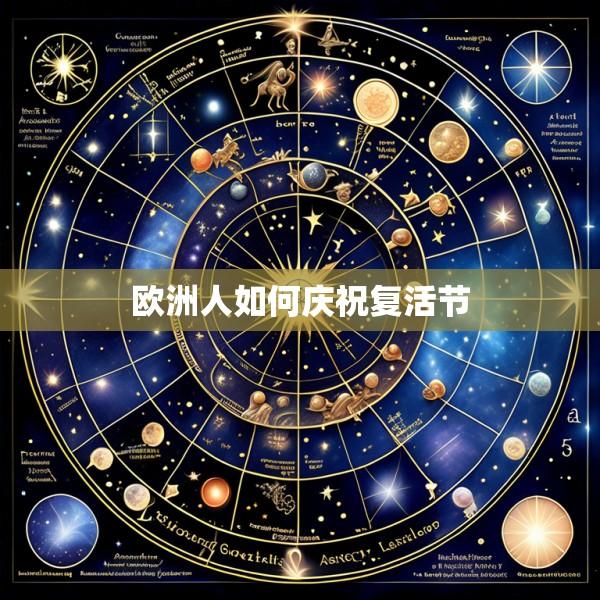Religious Observances: Churches, Processions, and Midnight Mass
Easter is deeply rooted in Christian tradition, and church services are the spiritual heart of celebrations across Europe. Many countries hold special masses, with the Vatican’s Easter events in Rome being a major draw for pilgrims worldwide. In Italy, the Pope delivers a blessing from the balcony of St. Peter’s Basilica on Easter Sunday, attended by thousands. Spain’s Semana Santa (Holy Week) features solemn processions in cities like Seville and Granada, where Catholic brotherhoods carry ornate floats (pasos) depicting biblical scenes, accompanied by penitents in cloaks and hoods. Greece, following the Eastern Orthodox calendar, holds the Epitaphios procession on Good Friday, a somber reenactment of Christ’s tomb, followed by allnight vigils and midnight mass to welcome Easter Sunday. These observances blend reverence with cultural flair, from Italy’s Passion plays to Spain’s dramatic floats.
Symbolic Traditions: Eggs, Bunnies, and Rolling Celebrations

Easter eggs, symbolizing new life and resurrection, are a universal icon. In the UK, children participate in egg rolling—rolling hardboiled eggs down hills to mimic the stone rolling away from Jesus’ tomb—with the White House in the US hosting a famous version. Germany and Austria embrace the Easter Bunny, with children believing the hare hides chocolate eggs and treats in gardens or homes. Egg decorating is an art form in countries like the UK and Poland: Ukrainians use the pysanky technique (waxresist dyeing) to create intricate designs, while Poles often dye eggs red to symbolize health and happiness. France’s cloches volantes ("flying bells") tradition adds a whimsical touch—church bells stop ringing from Good Friday to Easter Sunday, said to "fly to Rome" for blessing, then return to drop eggs in gardens for children to find.
Playful Customs: Water Fights and Egg Games
Easter in Europe isn’t all solemn—it’s also a time for playful traditions. Poland’s Dyngus Day (Wet Monday) is a nationwide water fight, where people splash water on friends and neighbors using pistols, balloons, or hoses. The tradition is said to date back to medieval times, when boys would drench girls as a sign of affection. In the Netherlands, Eiertikken (egg tapping) is a popular game: children knock hardboiled eggs together, trying to crack the other’s egg without breaking their own. These lighthearted customs add a sense of community and fun to the holiday.
Festive Foods: Regional Delights and Family Feasts
Food is a central part of Easter celebrations, with each country offering its own specialties. In Italy, families enjoy Colomba (doveshaped bread) and Angelino (roasted baby lamb), symbolizing peace and Christ’s sacrifice. Spain’s Torrijas—French toast soaked in milk, sugar, and cinnamon—are a popular Easter dessert, often served with syrup. Poland’s Easter table features urek (sour rye soup), Babka (sweet yeast cake), and babka z kruszoną (cake with crispy topping), shared with family and friends. The French indulge in Lamb of Easter (leg of lamb), a nod to Christ’s role as the "Lamb of God," while chocolate eggs and bunnies are ubiquitous across Europe, loved by both children and adults.
